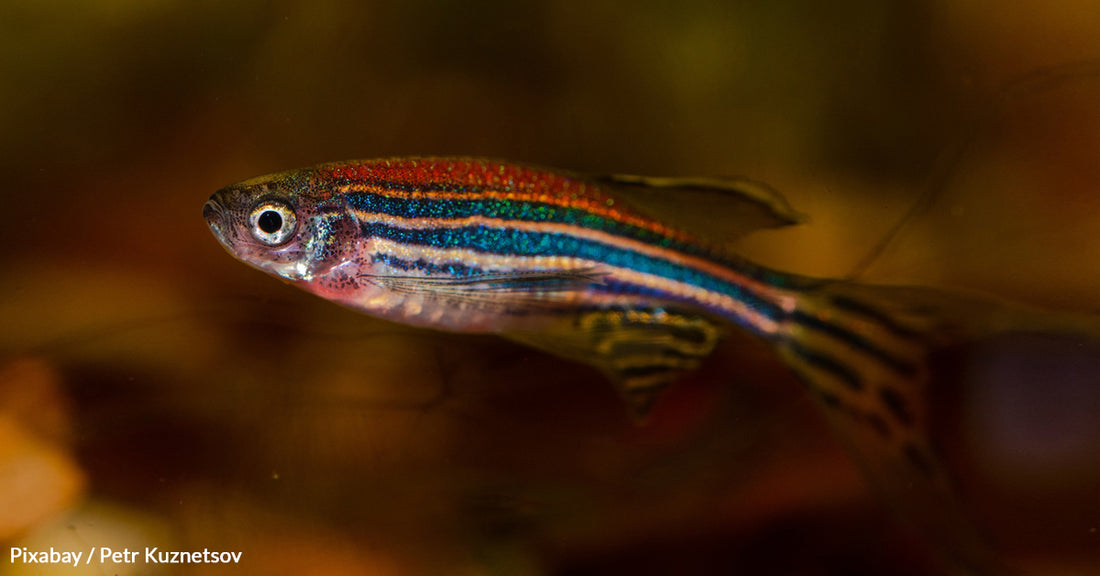Researchers Finally Understand Why Fish Need To Look Down When They Swim
Louise Peralta
Fish swim, but how do they know where to go and how do they remain seemingly in place sometimes?
Like flocks of sheep, do they have the instinct of just following whoever’s in front of them? Do they just swim along with the current? Or do they orientate themselves using something else?
In an interesting short video posted by Northwestern University, a single zebrafish shows an immediate reaction whenever the shadows underneath it shift its pattern.
According to researchers, fish have developed an adaptive behavior that helps them self-stabilize when they swim.
“Across the animal kingdom, sensory information in the form of optic flow over the visual field is used to estimate self-motion. However, different species exhibit strong spatial biases in how they use optic flow,” the researchers wrote.
In a study published in the Current Biology journal, researchers suggest that fish make use of their lower visual field to gather information and use it to calculate their optomotor response, a response which is most commonly observed in fishes and insects.
Natural water sources aren’t stagnant. If there’s water, there’s flow. And fishes need to be stable, lest they be swept away from their territory. To do this, they need to self-stabilize, so they use the information around them to know where and how fast they need to swim.
But it can get busy underwater. For example, there are other fishes in the water, various plants swaying with the current, and the sad reality that trash is oftentimes present in any body of water. In other words, gathering information about the current can be confusing.
"It's similar to sitting on a train car that isn't moving. If the train next to yours starts to pull away from the station, it can trick you into thinking you are moving too," said lead author Emma Alexander.
The study only focuses on zebrafish for now, so what do the zebrafish do to get reliable information? Look down at the bottom of the river.
The researchers visited several shallow rivers in India, where the zebrafish naturally live. They used a 360-degree camera attached to a remote-controlled robotic arm to allow them to see what fish see.
"From the video data, we were able to model hypothetical scenarios where a simulated fish moved arbitrarily through a realistic environment,” the researchers said.
Back in their lab, the researchers used LEDs to create the moving patterns seen in the video below.
https://www.youtube.com/watch?v=urRxilD70yo
"If you play a video with moving stripes, the fish will move along with the stripes. It's like they are saying 'wait for me!' In the behavioral experiment, we counted their tail beats. The more they wagged their tails, the more they wanted to keep up with the moving stripes," the lead author said.
After feeding the data they gathered from the river and the lab into algorithms for studying optic flow, the researchers concluded that fish do indeed look down to analyze their environment’s motion, and they swim accordingly to counter the flow.
"The water surface is constantly moving, and other fish and plants are moving by. Fish are better off omitting that information and focusing on the information below them. Riverbeds have a lot of texture, so fish are seeing strong features they can track,” Alexander said.
Read more and see the photos they gathered in the study here.





